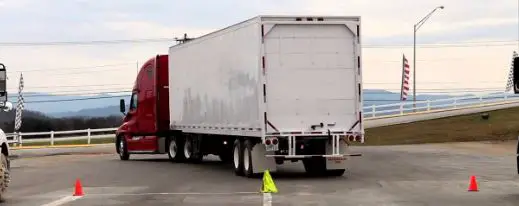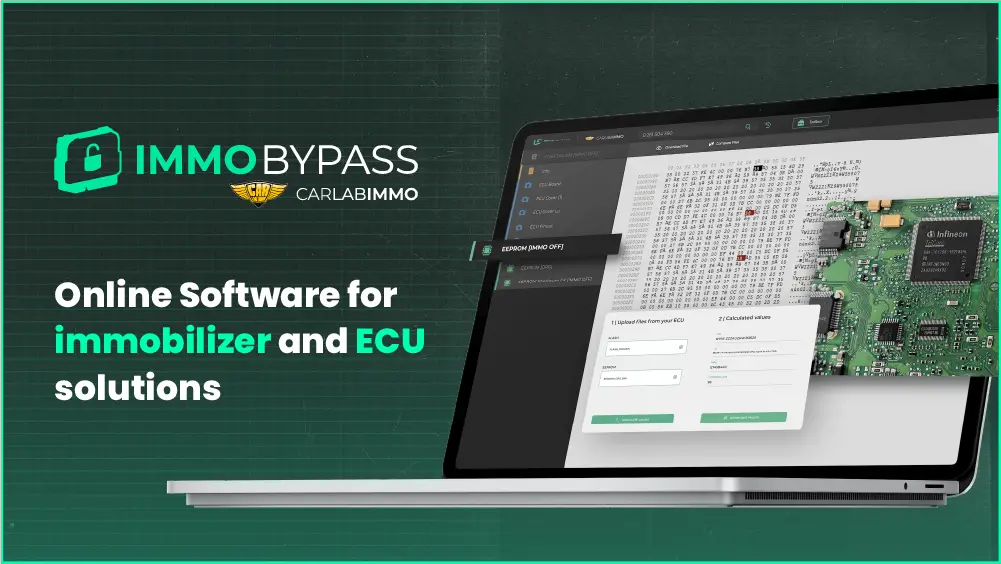Looking to enhance your truck driving prowess? Mastering Offset Parking (or Offset Backing as its commonly known) can be a game-changer. This skill not only simplifies parking in tight spaces but also contributes to smooth and efficient trucking operations.
In this blog post, we’ll demystify Offset Parking, diving into its usage, benefits, and an easy-to-follow guide on how to do it right. Whether you’re a seasoned driver or just starting, this guide will arm you with the knowledge you need to handle any parking situation with confidence.
Read on to discover how Offset Parking can transform your truck driving experience. Let’s get started!
Understanding Offset Parking
As truck drivers, we often encounter situations where the parking spot isn’t directly in line with our rig. That’s where Offset Parking comes in handy. It’s a specific parking technique that involves moving the truck from one lane to another without changing its direction. It’s crucial when you need to realign your truck with a different parking spot or maneuver it into a space that’s not directly ahead.
Offset parking is most applicable when the parking space is at an angle or lateral to your current position. Whether it’s parking at a dock, a rest area, or even a tight city spot, offset parking can be a real lifesaver. It helps drivers align their vehicles perfectly, making efficient use of the available space and reducing the risk of accidental damage.
Mastering this technique comes with a host of benefits. For one, it gives you the confidence to handle complex parking scenarios that you’ll undoubtedly encounter on the road. Additionally, being proficient in offset parking can save you time, as you’ll be able to park your truck quicker and more efficiently. Finally, it can significantly minimize potential accidents, thus ensuring the safety of your truck and cargo.
Understanding offset parking, when to use it, and the benefits it brings, is the first step towards becoming a more skilled and efficient truck driver. Next, we’ll guide you through the process of executing this maneuver seamlessly.
The Process of Offset Parking – How It’s Done
Perfecting the art of offset parking can take some practice, but with careful attention to each step of the process, you’ll quickly become a pro. Let’s break down each step in detail:
1. Initial Positioning: Your first task is to align your truck with the initial parking spot. Ensure that your truck and trailer are in a straight line and positioned in the lane adjacent to the one you wish to park in. Make sure you maintain enough distance from the parking spot to provide ample room for maneuvering. The distance will vary depending on the size of your vehicle and the parking spot, but generally, around three feet should suffice.
2. Judging the Space: Understanding the dimensions of your target parking space is paramount. Look at the width, length, and angle of the spot in relation to your truck’s position. Consider any potential obstacles that might obstruct your path, such as other vehicles, poles, or curbs.
3. Correct Usage of Mirrors: Mirrors are your best friend during this process. The side mirrors should provide a clear view of both sides of your trailer, allowing you to gauge the distance to the parking spot and monitor your progress as you move. Use your mirrors to help determine how much you need to turn your steering wheel.
4. The Backing Process: Once you’ve assessed your situation, start backing up your truck slowly. As you reverse, turn your steering wheel in the direction of your desired spot. Aim to get the rear end of the trailer into the opening of the parking spot. Maintain a slow speed to ensure you have maximum control over your vehicle, and remember, the truck will move in the opposite direction to the way you turn your steering wheel when reversing.
5. The Adjustment Phase: As your truck starts to align with the parking spot, you’ll need to make small adjustments to straighten your vehicle and fit it perfectly into the space. Monitor your vehicle’s positioning in your mirrors and adjust your steering accordingly. If your truck isn’t perfectly aligned, don’t fret. It’s quite common to pull forward to realign and then back into the space again.
Remember, offset parking requires patience and precision. Practice these steps in different scenarios, and you’ll see improvements in your parking skills
Safety Considerations in Offset Parking
When it comes to offset parking, ensuring safety is just as important as perfecting the skill itself. Let’s delve into some of the essential safety considerations for this maneuver:
Understanding Potential Hazards
Be keenly aware of your surroundings when preparing for offset parking. This includes checking for obstructions such as other vehicles, pedestrians, poles, and curbs. Don’t forget to look up and check for overhead obstructions like low-hanging wires or tree branches. Your spatial awareness can significantly impact the success of your parking endeavor and ensure safety throughout the process.
Taking Safety Precautions
Using all the safety equipment your truck provides is crucial. Your mirrors should be appropriately adjusted to offer maximum visibility. If your truck has onboard camera systems, utilize them to gain a better view of your surroundings. Don’t forget about basic safety practices either. Always wear your seatbelt, even when parking, and make sure your truck’s safety systems, such as parking brakes and hazard lights, are in proper working condition.
Emphasizing Continuous Practice
Like any other skill, offset parking becomes more comfortable and safer with continuous practice. The more you practice, the better you’ll get at judging distances, understanding your vehicle’s dimensions, and handling your vehicle’s response. In turn, this reduces the risk of accidents and helps you park more efficiently.
Following these safety considerations will not only help you park accurately but also ensure that you, your truck, and your surroundings remain safe during the process
Offset Backing Tips
Mastering offset backing is an essential part of offset parking, as backing into a parking spot is often required. Here are some practical tips to improve your offset backing skills:
Use Your Mirrors Effectively: Mirrors are your ultimate guide during the backing process. Ensure they are well adjusted to provide a comprehensive view of both sides of your vehicle and the parking space.
Go Slow: The slower you go, the more control you have over the vehicle. It also gives you more time to make adjustments as necessary.
Practice Makes Perfect: The more you practice, the more comfortable you will become with the process. Try practicing in a variety of settings and parking configurations.
Get Guidance if Needed: Don’t hesitate to ask for assistance if needed. Having a second pair of eyes can help prevent any mishaps.
Consider Using Tools: Tools such as backup cameras and parking sensors can be incredibly useful. They can provide additional perspectives and precision.
Conclusion
Whether you’re an experienced truck driver or just starting out in the industry, offset parking is an essential skill to master. It not only increases your versatility on the road but also greatly enhances safety, efficiency, and confidence. We hope that this comprehensive guide, complete with the step-by-step process, safety considerations, and practical tips, will assist you in mastering this valuable technique.
Remember, successful offset parking relies on understanding your vehicle, being aware of your surroundings, and practicing the maneuver regularly. So, don’t be discouraged if you don’t get it right the first time. With patience and persistence, you’ll soon be handling any parking situation like a pro.
Happy driving, and safe parking!










